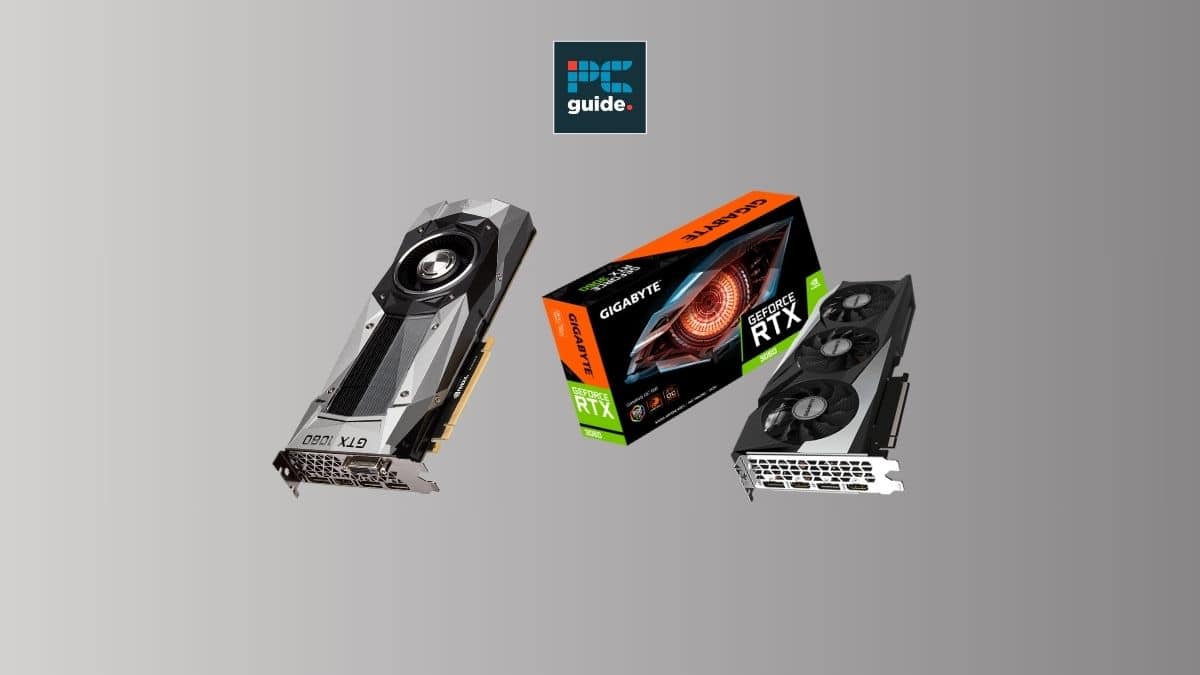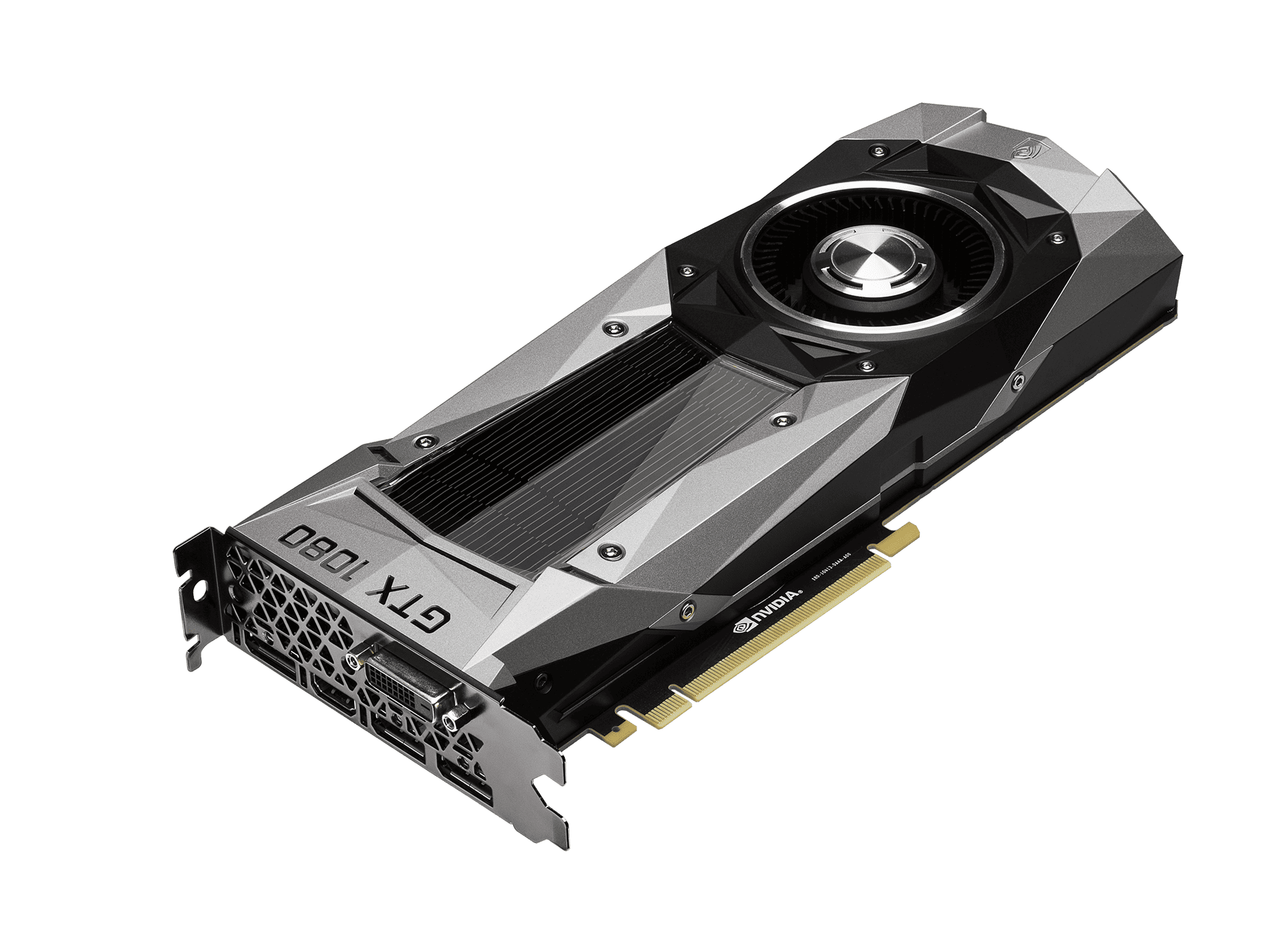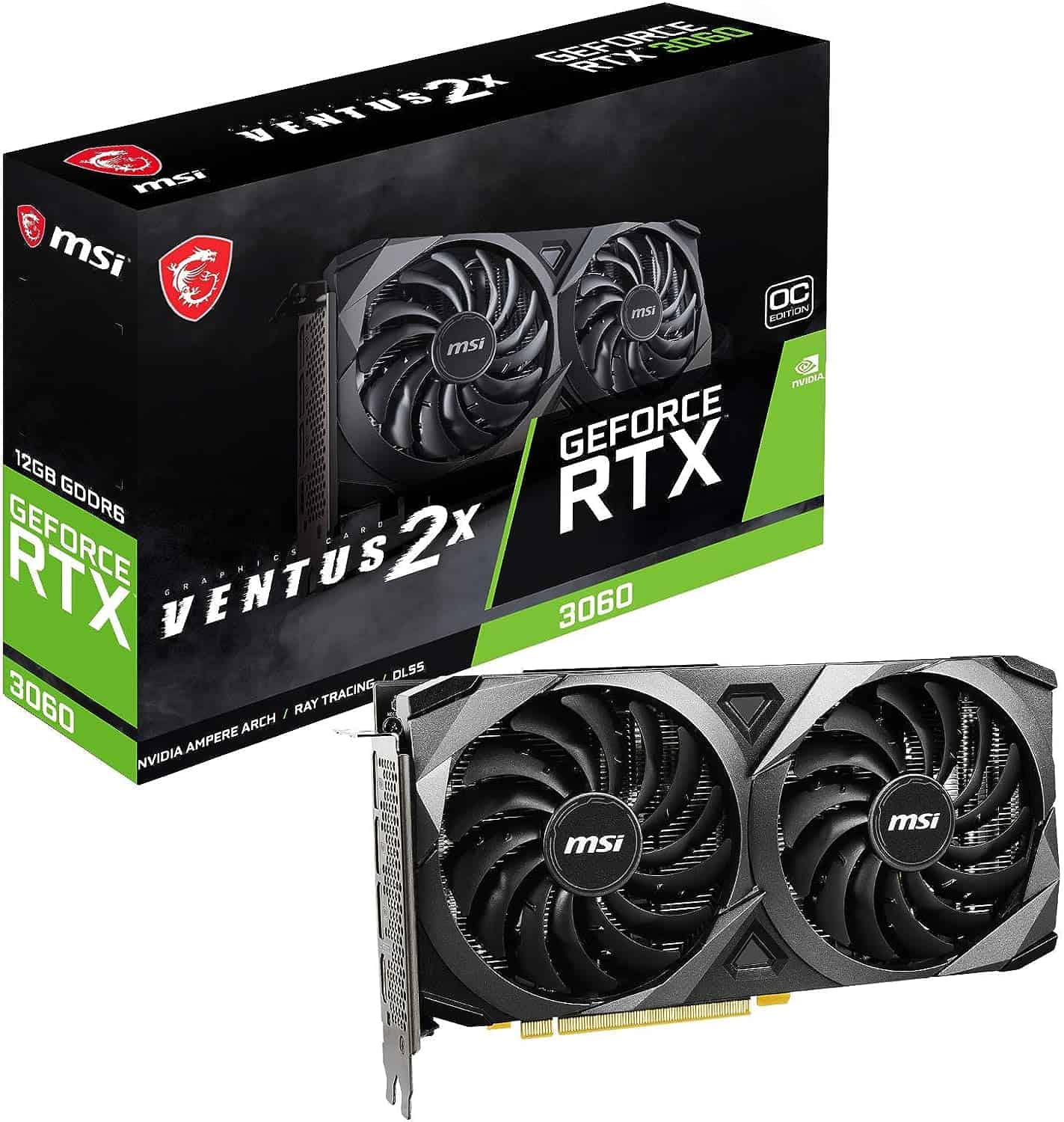Nvidia GTX 1080 vs Nvidia RTX 3060 – Which is better?

Table of Contents
Generational jumps are sometimes amazing, and the leap from GTX to RTX marked a stepping stone in the graphics card world. We’ll compare the Nvidia GTX 1080 vs Nvidia RTX 3060 to showcase how big of a difference there is. This could look like an odd comparison in a different context. The high-end 1000-series against the entry-level 3060; and this is only possible thanks to the architectural change of raytracing. Let's see which one is the best.
Interested in more Nvidia comparisons? We have the Nvidia RTX 3060 vs Nvidia RTX 2060 and the Nvidia RTX 3060 vs Nvidia RTX 3060 Ti. Be sure to check them out.
Prime Day may have closed its doors, but that hasn't stopped great deals from landing on the web's biggest online retailer. Here are all the best last chance savings from this year's Prime event.
- Sapphire 11348-03-20G Pulse AMD Radeon™ RX 9070 XT Was $779 Now $719
- AMD Ryzen 7 7800X3D 8-Core, 16-Thread Desktop Processor Was $449 Now $341
- Skytech King 95 Gaming PC Desktop, Ryzen 7 9800X3D 4.7 GHz Was $2,899 Now $2,599
- LG 77-Inch Class OLED evo AI 4K C5 Series Smart TV Was $3,696 Now $2,996
- AOC Laptop Computer 16GB RAM 512GB SSD Was $360.99 Now $306.84
- Lexar 2TB NM1090 w/HeatSink SSD PCIe Gen5x4 NVMe M.2 Was $281.97 Now $214.98
- Apple Watch Series 10 GPS + Cellular 42mm case Smartwatch Was $499.99 Now $379.99
- AMD Ryzen 9 5950X 16-core, 32-thread unlocked desktop processor Was $3199.99 Now $279.99
- Garmin vívoactive 5, Health and Fitness GPS Smartwatch Was $299.99 Now $190
*Prices and savings subject to change. Click through to get the current prices.
Nvidia GTX 1080 vs Nvidia RTX 3060 – Specs and components
The transition from Nvidia’s GTX series to the RTX lineup represented a monumental shift in the realm of graphics cards, particularly with the advent of ray tracing technology. In this comparative analysis, we delve into the Nvidia GTX 1080 and the RTX 3060, juxtaposing a venerable high-end GPU against what is considered an entry-level contender in the RTX series. This comparison, underpinned by significant architectural advancements, sheds light on the evolution and performance disparities between these two GPUs.
| Specifications | Nvidia GTX 1080 | Nvidia RTX 3060 |
|---|---|---|
| Cores | 2560 | 3584 |
| TMUs | 160 | 112 |
| Memory size | 8 GB GDDR5X | 12 GB GDDR6 |
| Memory Bus | 256-bit | 192-bit |
| Bandwidth | 320.3 GB/s | 360.0 GB/s |
| Base Clock | 1607 MHz | 1320 MHz |
| Boost Clock | 1733 MHz | 1777 MHz |
| RT Cores | – | 28 |
| MSRP | $599 | $329 |
| TDP | 180 W | 170 W |
Launched in May 2016, the GeForce GTX 1080 emerged as a high-end gaming powerhouse and an impressive piece of new hardware, built on Nvidia’s Turing microarchitecture. It was renowned for its capability to handle gaming at high or ultra settings and 1440p resolutions, as well as its proficiency in performance video rendering. The GTX 1080 utilized the GP104-400-A1 or GP104-410-A1 graphics core, boasting 2560 CUDA Cores and supporting up to 11 GB of GDDR5X video memory. A leap from the 28 nm process node of its predecessors, the GTX 1080 was manufactured using TSMC's 16 nm process node, featuring a base core clock of 1607 MHz that could boost up to 1733 MHz.
Conversely, the RTX 3060, hailing from the newer Ampere microarchitecture, marked further advancements. Opting for Samsung's 8 nm process node, the RTX 3060 brought to the table the GA106-300, GA106-302, and GA104-150 graphics cores, along with a significant increase to 3584 CUDA cores. This GPU offered a base clock of 1320 MHz and a boost clock of 1777 MHz, signaling Nvidia’s continuous push for higher performance in its graphics solutions.
Nvidia GTX 1080 vs Nvidia RTX 3060 – Performance
In performance benchmark results/metrics, the RTX 3060 showcases its superiority, particularly in 1080p gaming scenarios. Public benchmarks reveal that the 3060 outperforms the GTX 1080 by an average of 30% in 1080p gaming and maintains a 28% advantage in 1440p HDMI gaming. However, it’s noteworthy that in demanding titles like Battlefield V, Far Cry 6, Cyberpunk 2077, and Assassin's Creed: Valhalla at high settings, both cards struggle to surpass the 60 FPS threshold. This also is likely to affect other newer titles like Forza Horizon, Resident Evil, and Rainbow Siege.
This comparison not only highlights the generational leap facilitated by Nvidia's architectural enhancements but also underscores the RTX 3060’s remarkable ability to deliver superior performance, making it a compelling choice for gamers seeking the best balance of price and performance in the current landscape.
Nvidia GTX 1080 vs Nvidia RTX 3060 – Price
At launch, the Nvidia GeForce GTX 1080 was a powerhouse with a price tag to match, reflecting its then-unrivaled performance. Today, the Nvidia GeForce RTX 3060 not only surpasses the 1080 in capabilities but also offers a more attractive price point at around $270, compared to the 1080’s $240 on the secondary market.
Considering the minimal price difference and the 3060’s superior performance, modern features like ray tracing, and DLSS support, the choice leans decisively towards the RTX 3060. It delivers unmatched value and performance, making it the recommended pick for gamers seeking the best bang for their buck. This trend is unsurprising given the launch year difference between both GPUs.
Is the Nvidia GTX 1080 good for gaming?
The Nvidia GTX 1080 can handle most modern games at high settings despite being a few years old. The GPU boasts stable frame rates at full HD 1080p and 1440p resolutions. However, for newer formats of gaming such as 4K, the GTX 1080 may struggle to maintain smooth gameplay, particularly for more demanding titles like Red Dead Redemption 2, Warzone, or God of War. Be sure to do full research before purchasing this model with the intention of gaming at high levels.
Final thoughts
In conclusion, the Nvidia RTX 3060 unequivocally earns our recommendation over the GTX 1080, thanks to its superior performance, ray tracing capabilities, and overall value. By embracing the advancements of the RTX 3060, gamers gain access to cutting-edge features and enhanced performance, ensuring a future-proof gaming experience.
Whether you’re diving into the latest titles or working through your backlog, the RTX 3060 delivers a premium experience at a compelling price point, making it the clear winner in this comparison.



